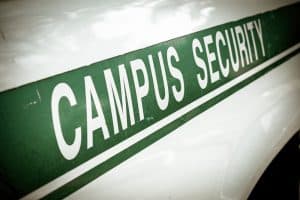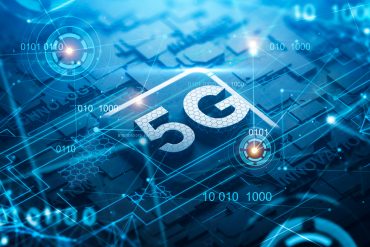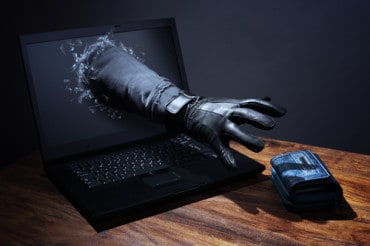
Sensor data, surveillance video, and continuous analysis give colleges the time-critical information to take actions to improve physical campus security.
Real-time analytics is providing continuous intelligence to help universities improve their security protocols and the ways they alert students, faculty, and staff to dangers on campus as they occur.
College campuses are a hotbed of activity. Coordinating a response in an emergency – be it flooding, fire, chemical accident, or worse – can be improved using real-time analytics of streaming data. Such data can come from sensors (e.g., building intrusion alarms, intelligence smoke detectors, and flood detection probes), surveillance video cameras, and student social media streams.
See also: Continuous Intelligence to Benefit from Streaming Analytics Boom
Traditionally, colleges have used analytics on historical data to spot repeating patterns. For example, an analysis might find that a student dorm will likely flood with there is a fierce rainstorm. Or, emergency vehicles will take 10 minutes longer to pick up an injured football player due to game-day traffic.
Such information will not help provide the fast communication that is required during an on-campus emergency. Using real-time data analytics, universities can prepare for and act on emergency response plans more quickly.
One area that is getting a great amount of attention is the real-time analysis of video streams. Many universities make extensive use of video surveillance, according to EdTech. Artificial intelligence (AI) and machine learning (ML) imaging models applied in real-time on video streams can help monitor the feeds to identify specific behavior patterns or suspicious activity, identify relevant details, and alert the security forces.
In addition to video cameras, universities are using geospatial information systems (GIS) and indoor positioning systems (IPS)to prepare and execute emergency response plans. Both solutions use the Internet of Things (IoT) to collect and send data to a central location for analysis. For example, with IPS, a university could create a live map using real-time data, putting the most updated information in the hands of officers who need to adapt their responses to an emergency as it is happening.
In many situations, seconds can save lives. Application of real-time analytics to continuous streams of sensor and video data lets universities respond faster, whether it’s a natural disaster, medical emergency, or active shooter situation.




























